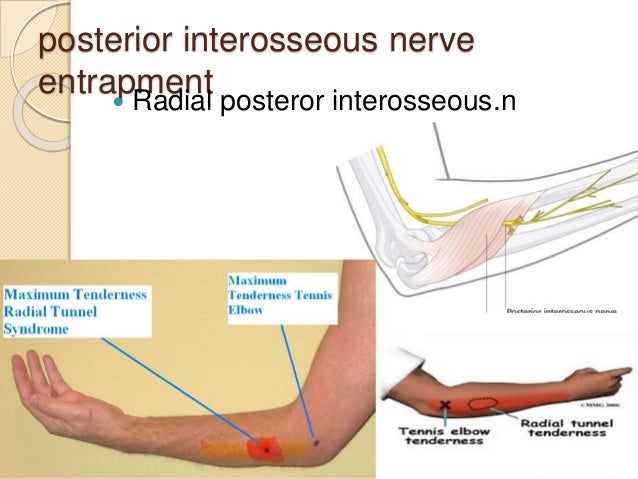

This can cause symptoms such as pain, numbness, and reduced function. damage to the nerve’s insulation (the myelin sheath)Īll of these changes have a negative impact on the nerve’s ability to send and receive messages.swelling in the nerve and surrounding structures.Repetitive injuries, accidents, and medical conditions may lead to: autoimmune disorders, such as rheumatoid arthritis.In addition, certain medical conditions can trigger or make you more susceptible to nerve compression syndromes. For example, repeated overextension of the wrist while typing on a keyboard, using a mouse, or playing the piano can lead to carpal tunnel syndrome.Īccidents such as sprains, fractures, and broken bones can also cause nerve compression syndrome. These injuries may occur in the workplace due to repeated movements related to your job duties. Nerve compression syndrome is often caused by repetitive injuries. It can impact wrist, hand, and finger function. This syndrome affects the radial nerve, which extends the length of the arm. This affects the lateral cutaneous nerve and can cause symptoms in the outer thigh.

This syndrome affects the ulnar nerve and can impact function in the hand. This affects the suprascapular nerve and can cause symptoms in the shoulder. Suprascapular nerve compression syndrome.The following are some rarer types of nerve compression syndrome: Nerve compression syndrome is most likely to occur at sites where nerves pass through tunnel-like structures. Putting too much pressure on the elbow may cause swelling, which can lead to ulnar tunnel syndrome.
NERVE COMPRESSION SYNDROME SKIN
It passes close to the skin at the elbow. The ulnar nerve is responsible for the sensation that you get when you hit your funny bone. Also known as ulnar neuropathy or ulnar nerve entrapment at elbow, it occurs when the ulnar nerve is compressed at the elbow. Cubital tunnel syndromeĬubital tunnel syndrome is the second-most common type of nerve compression syndrome. Excess pressure on the wrist may cause swelling, which can lead to carpal tunnel syndrome. At the wrist, it passes through a structure called the carpal tunnel. The median nerve extends from the upper arm to the thumb. It occurs when the median nerve is compressed at the wrist. The following are some of the most common types of nerve compression syndromes: Carpal tunnel syndromeĬarpal tunnel syndrome is the most common type of nerve compression syndrome. Each one affects a different peripheral nerve. There are several different types of nerve compression syndromes.


 0 kommentar(er)
0 kommentar(er)
